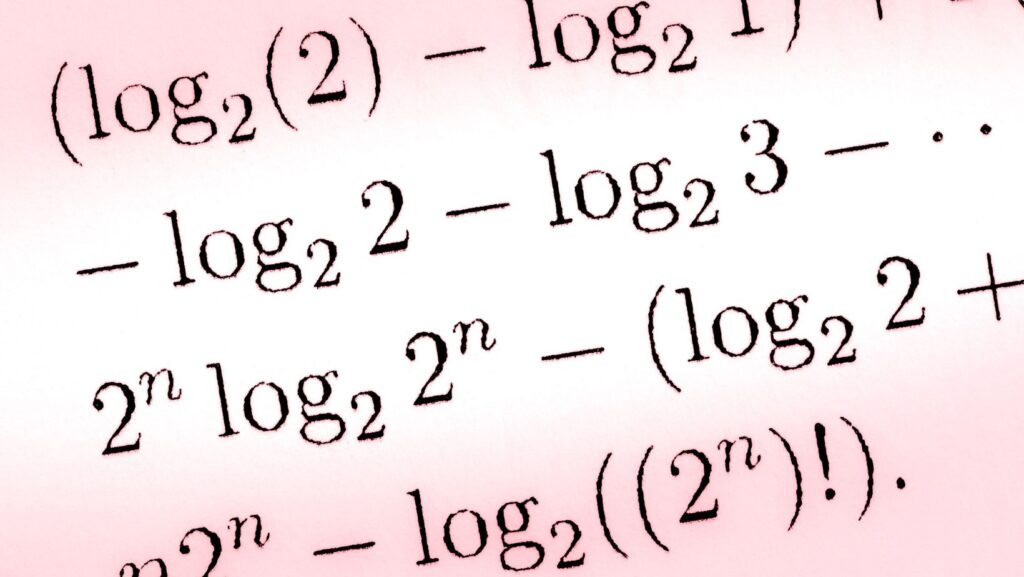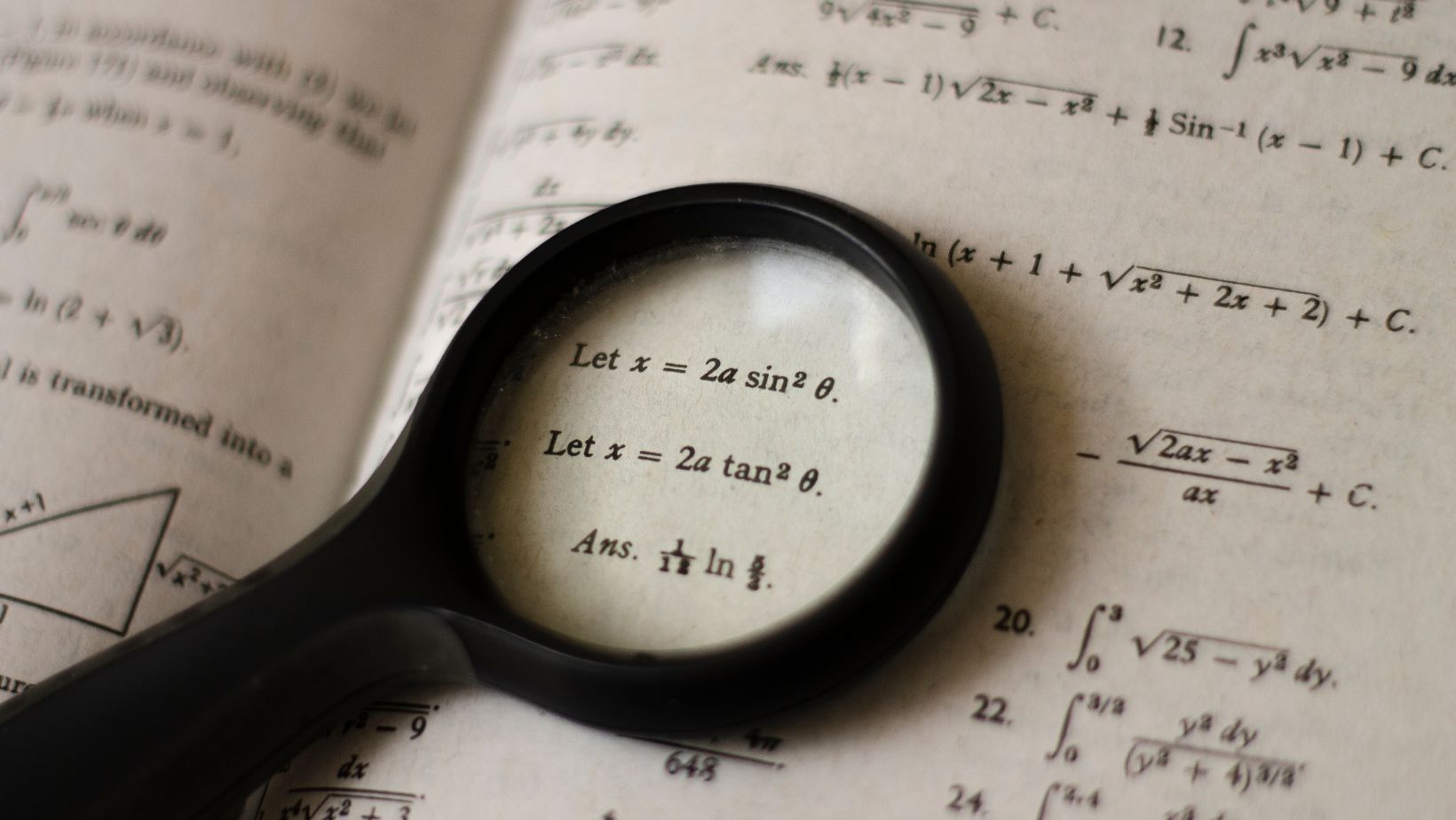
In the world of mathematics and financial education, logarithmic expressions often hold the key to simplifying complex calculations. Understanding the properties of logarithms can transform seemingly complicated equations into manageable forms. The expression 3log28 + 4log21 2 − log32 is a prime example, inviting curiosity about its equivalent value.
By breaking down this expression, one can uncover the relationships between the logarithmic terms. This exploration not only enhances mathematical skills for business audits but also deepens comprehension of logarithmic functions. Whether for academic purposes or personal interest, mastering these concepts is essential for tackling more advanced mathematical challenges.
Which is Equivalent to 3log28 + 4log21 2 − log32?
The expression 3log28 + 4log21 2 − log32 serves as a prime example for applying logarithmic concepts. Understanding the basic principles of logarithms and their properties aids in simplifying this expression.
Basics of Logarithms

Logarithmic properties facilitate the manipulation of logarithmic expressions. The key properties include:
-
Product Property: ( log_a(b \cdot c) = log_a(b) + log_a(c) )
-
Quotient Property: ( log_a\left(\frac{b}{c}\right) = log_a(b) – log_a(c) )
-
Power Property: ( log_a(b^c) = c \cdot log_a(b) )
Applying these properties to “3log28 + 4log21 2 − log32”, transformation into a more manageable form becomes possible. For example:
-
Power Property is used: ( 3log28 = log28^3 ) and ( 4log21 2 = log21^4 ).
-
Product and Quotient Properties combine and simplify other portions of the expression, leading to the calculation of an equivalent value.
Utilizing these properties effectively provides a clearer path to simplifying logarithmic expressions.
Analyzing the Expression
This section investigates the logarithmic components of the expression “3log28 + 4log21 2 − log32,” simplifying each part systematically. Understanding these components fosters clarity in computation and application.
Breaking Down 3log28 and Exploring 4log21 2

4log21 2 similarly utilizes the Power Property. This expression can also be expressed as log(21^4). The base number, 21, raised to the power of 4 equals 194,481. Hence, 4log21 2 simplifies to log194,481.
Evaluating − log32
For −log32, this expression represents the logarithm’s negative, indicating its inverse. Using the Quotient Property, it can be re-expressed as log(1/32), where 32 equals 2^5. Thus, −log32 can be rewritten as log(1/32) or log(2^−5), simplifying further to −5log2.
By clearly breaking down each component of the expression, one can combine these simplified logarithmic forms to reach a more manageable result.
Simplifying the Expression
Simplifying the expression “3log28 + 4log21 2 − log32” involves systematically combining and transforming logarithmic terms according to logarithmic properties. This process yields a clearer representation of the mathematical statement.
Combining Logarithmic Terms
Combining logarithmic terms requires utilizing the Product and Quotient Properties. The terms “log21,952” and “log194,481” can be merged as follows:
-
Combine the two logarithms:
Logarithms can be combined using the Product Property:
( log(ab) = log a + log b ).
Thus, he combines “log21,952” and “log194,481” to form:
( log(21,952 \times 194,481) ). -
Subtract the third term:
Apply the Quotient Property:
( log(a/b) = log a – log b ).
Thus, he subtracts “log32” from the combined term:
( log((21,952 \times 194,481) / 32) ).
Final Simplification Steps
Final simplification steps focus on evaluating the expression derived from combining the logarithmic terms. The combined expression becomes:
[ log\left(\frac{21,952 \times 194,481}{32}\right) ]
-
Calculate the product:
Multiply ( 21,952 ) by ( 194,481 ) to obtain a specific product, resulting in:
( 4,272,122,432 ). -
Divide by 32:
Divide the product by ( 32 ):
( \frac{4,272,122,432}{32} = 133,504,944 ).
The final expression simplifies to ( log(133,504,944) ). This process highlights the effectiveness of logarithmic properties in simplifying complex expressions and aids understanding of logarithmic manipulation.











